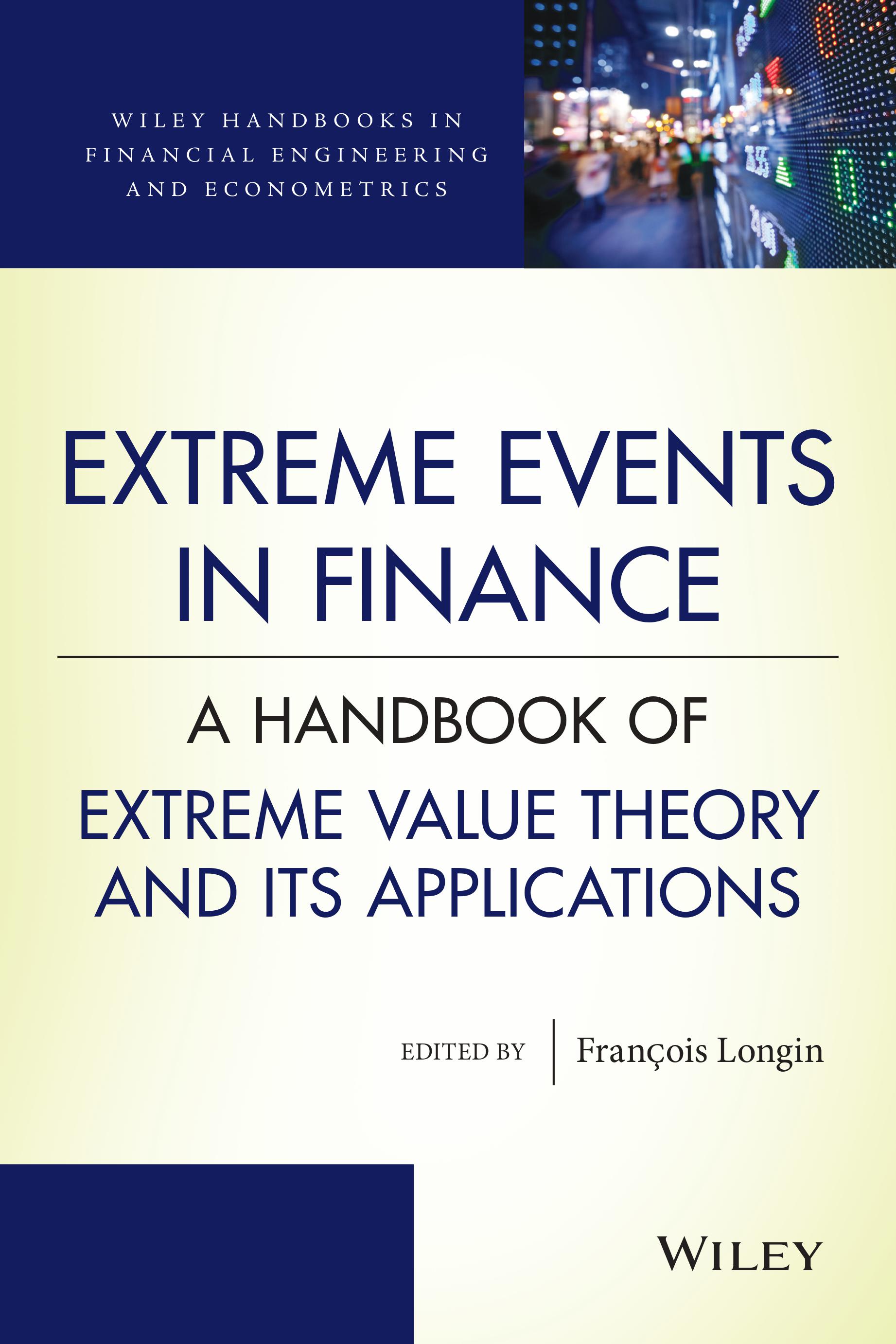Measures of financial risk
|
||
|
Traditional measures of risk Traditional measures of risk are static: they barely change with the inflow of new information. The use of conditional measures involving recent prices only partially answers the question as the estimates of coefficients before the terms involving recent prices are typically small, making the corresponding conditional measures rather static. How to measure risk dynamically? This chapter introduces a truly dynamic risk measure. We overview its properties and discuss its pros and contras. We also introduce a new risk measure that combines a static and a dynamic one, and discuss the advantages of using a combined measure. The arguments are illustrated on real life examples involving data available on the eve of the “Black Monday” crash in 1987 and on the eve of the financial crisis in 2007-08. We find that dynamic measures signalled increased level of risk on the eve of the crises sending a clear warning signal to investors. Usefuless in practice As financial markets present periods of high volatility with extreme events, such a dynamic measure of risk should be useful for risk managers and asset managers in order to take into acount rapid changes in their environement. Related contributions |
||

|

|
Serguei NovakMiddlesex University, London |
|



